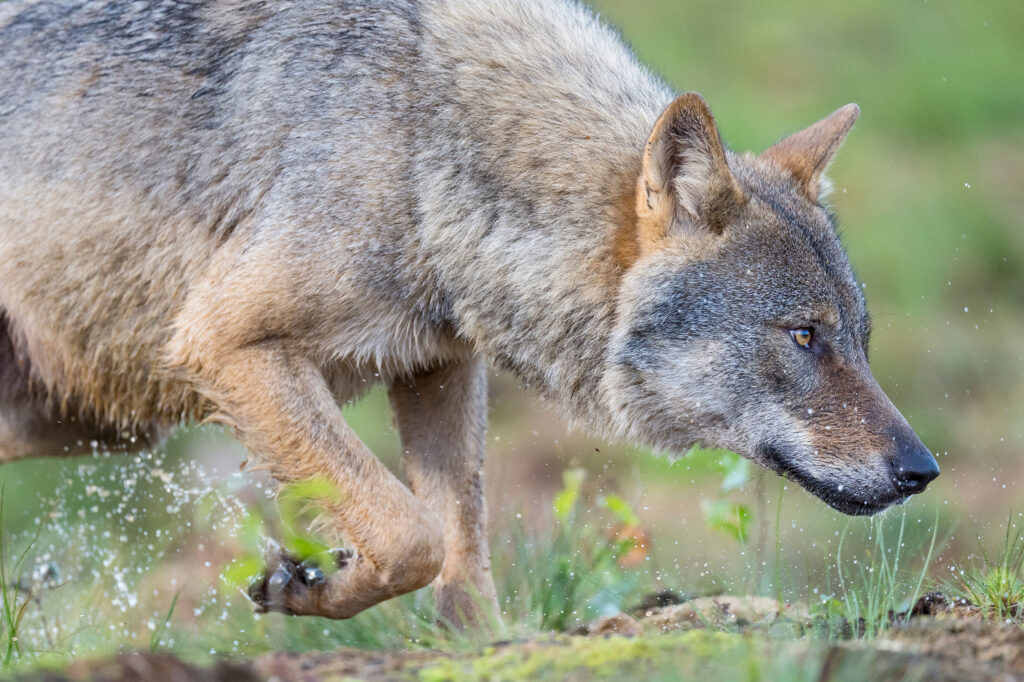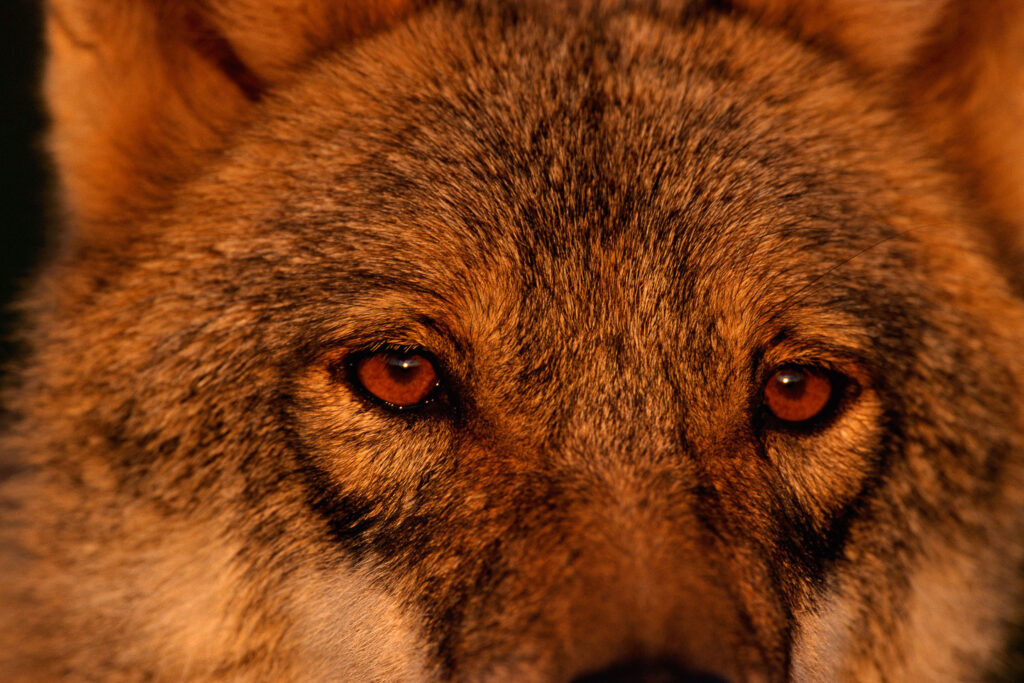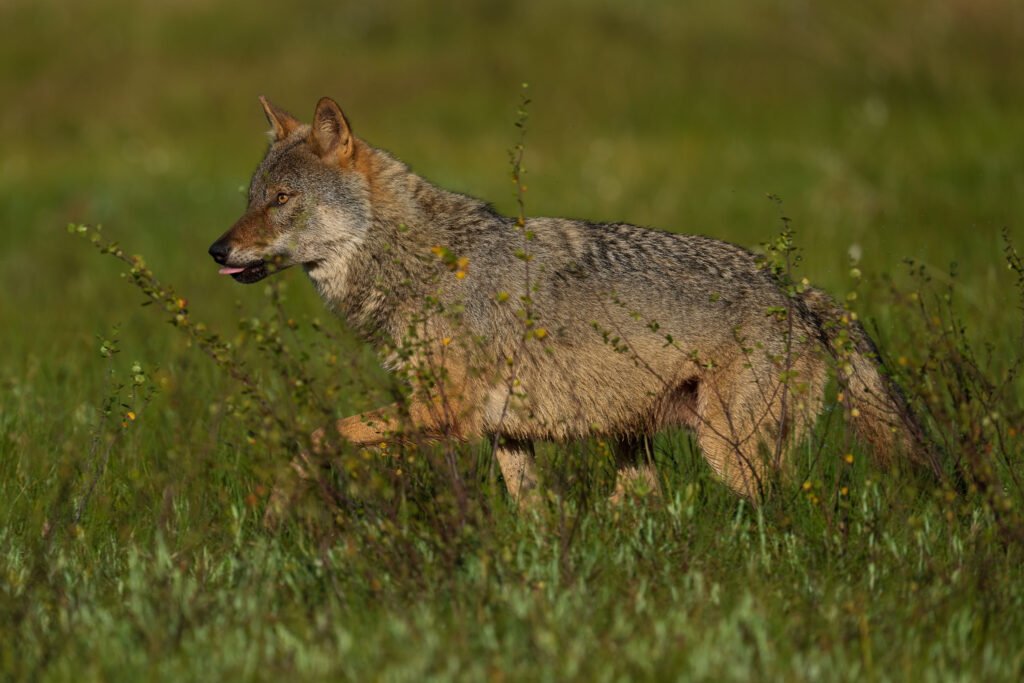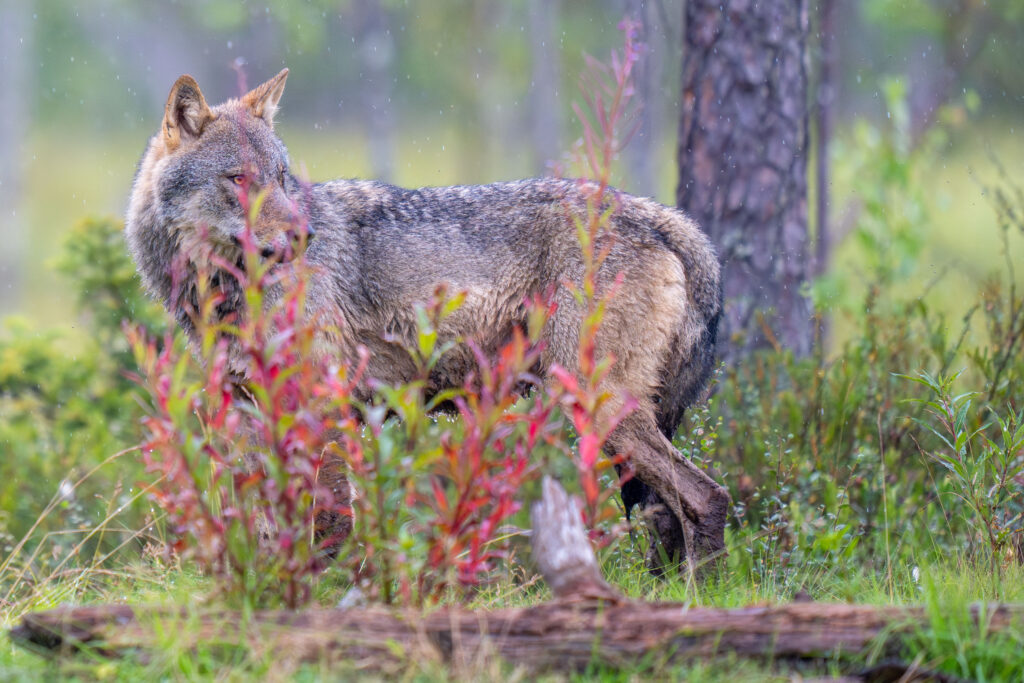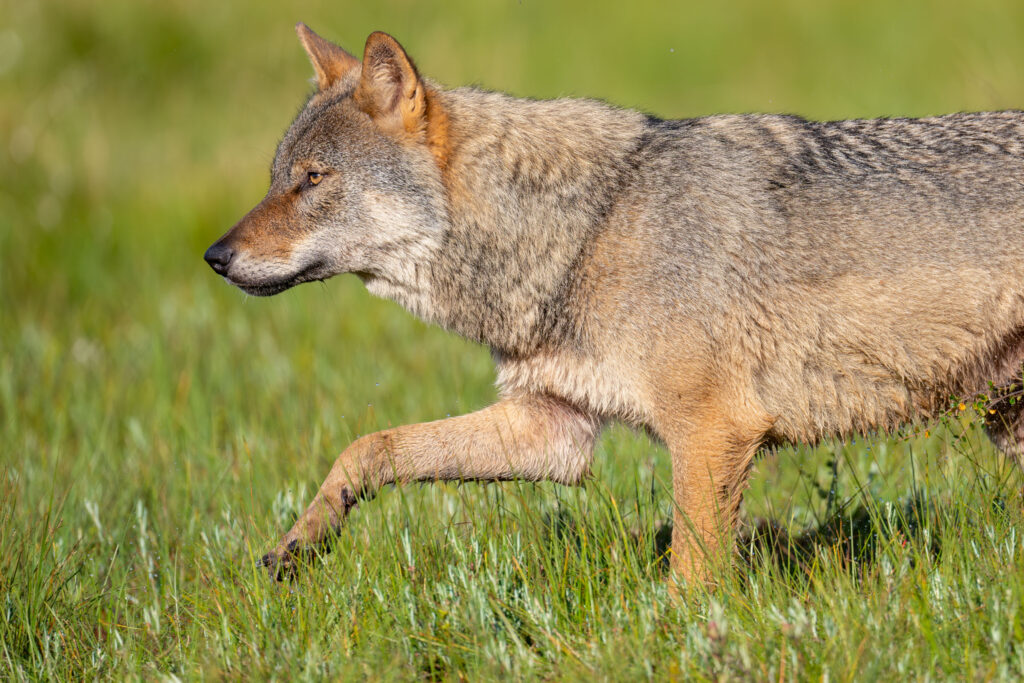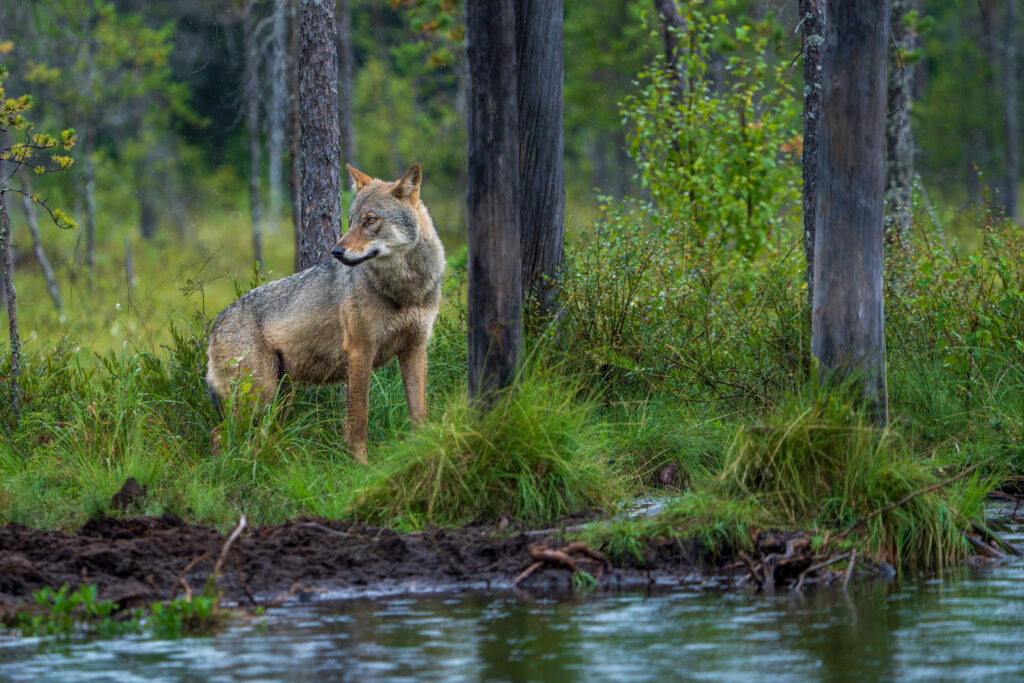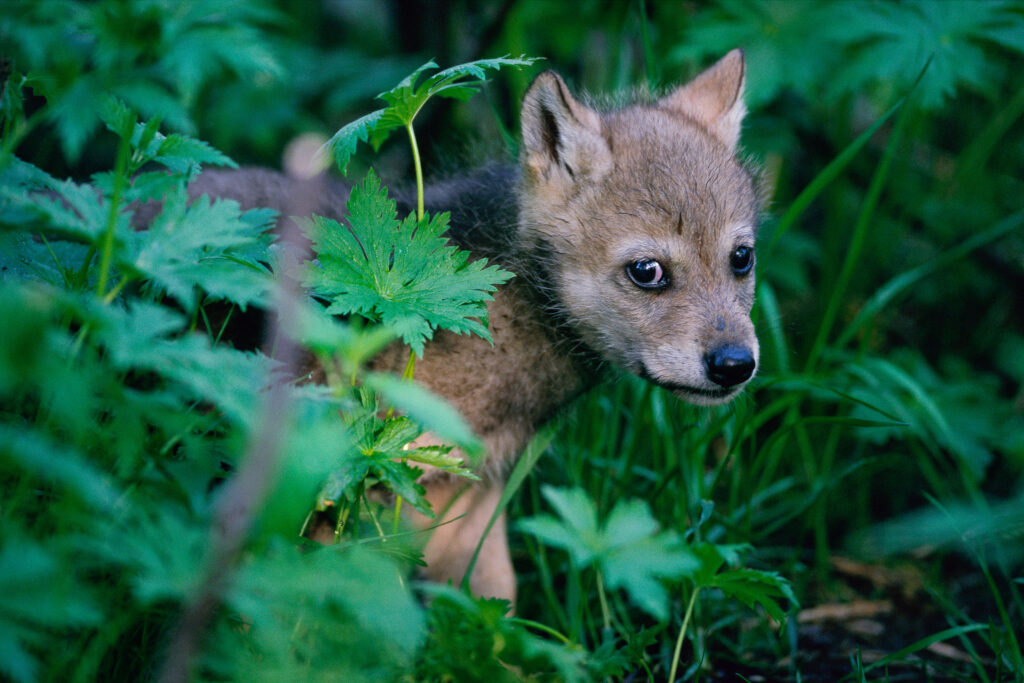On October 16, Sweden’s government announced its ambition to lower the
required minimum number of wolves in the country, from an already too low
300 individuals, to 170. Experts say this will risk the long-term survival of the
species in Scandinavia. The Environmental Protection Agency has been
ordered to report 170 wolves as the new, so-called “Favourable conservation
status” to the EU in July 2025.
If the new level gets approved by the EU, which is really questionable, it will become the basis for the lowest number of wolves allowed in Sweden. It will then be possible to halve Sweden’s existing wolf population.
The chairman of the Swedish Carnivore Association, Magnus Orrebrant, states that “170 wolves is a completely unreasonably low number. It will directly threaten the long-term survival of the wolf in our country and in Scandinavia.”
“We find it very difficult to see Sweden getting approval from the EU for further lowering our current, already far too low, disputed minimum number of 300 wolves. We will do what we can to help ensure that Sweden’s proposed drastic reduction of “Favourable conservation status” not will be approved by the EU Commission. Instead the minimum number should be raised significantly, in line with the conclusions from genetics experts and biologists, since our wolves already show clear signs of in-breeding defects.”
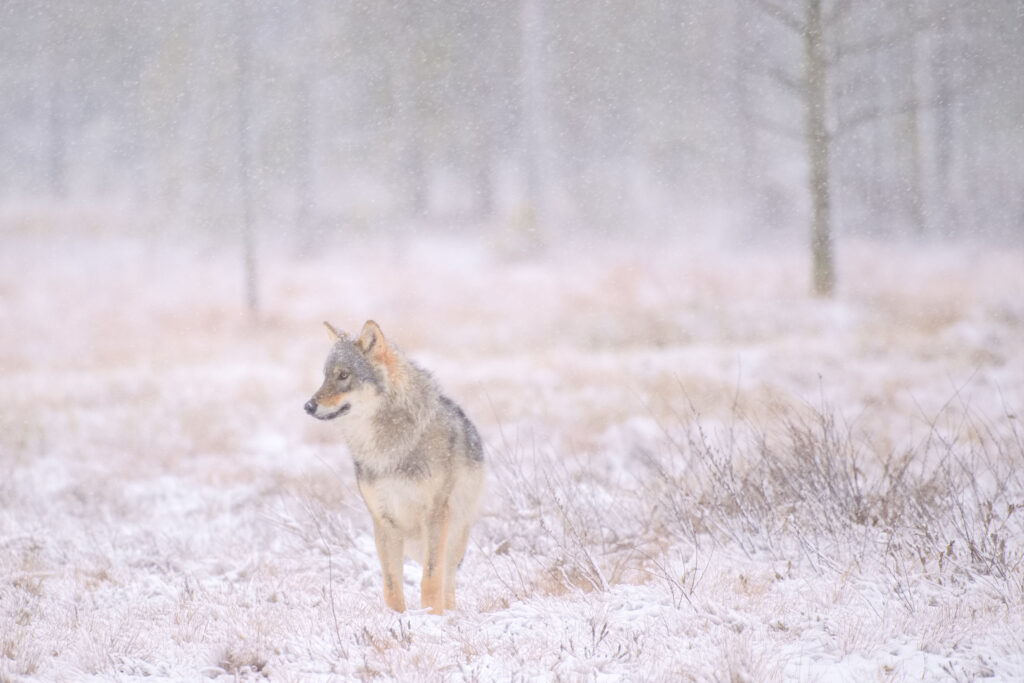
Ignoring science
Several researchers, including Professor Linda Laikre at the Institute of Zoology of Stockholm University, claims that the proposed level is “far too low and will risk the long-term survival of the wolf in Sweden”. Last spring she stated, together with 17 international research colleagues in an open letter in the journal Science that “For a good conservation situation with the possibility of long-term survival, at least 2,000 individuals are needed in Sweden’s, Norway’s and Finland’s collective population. Today these countries have only around 700 wolves.
Criticized basis for the decision
The research reports which the proposed new wolf numbers are based on have received strong criticism. Their analysis was based solely on short-term theoretical calculation models. In order for such a small wolf population to be viable, a number of difficult-to-fulfill conditions were also required, such as wolves needed to be translocated by helicopter and permanently monitored at an individual level after that. The researchers behind the report themselves expressed doubts whether if that is possible. In addition, the analysis is based on judging the Swedish wolves as part of a much larger population, including Russia. According to the so-called “Tapiola case” from 2019, a country in the EU is not allowed to base its wildlife management decisions upon unconfirmed numbers of wildlife populations outside the EU.
To be noted: The report that forms the basis of the decision was ordered by the Swedish Environmental Protection Agency, following the initiative of Minister for Rural Affairs Peter Kullgren (KD). Kullgren is a hunter himself and a strong promoter of minimizing the wolf population, both in Sweden and in the EU.
100 years of progress undone
A hundred years of large carnivore conservation progress in Sweden is being undone at an alarming speed, mainly because of the high licensed hunting quotas permitted. Sweden’s government is continuing in its clear ambition to bring down all the country’s large carnivore populations as close as possible to the theoretically defined minimum numbers.
Authorized hunt in breach of the Bern Convention and of EU law
The wolf (Canis lupus) is still a “Strictly protected species” in the Bern Convention, Category II, of which Sweden is a signatory party. This means that no population-regulating hunting of it is allowed. The wolf is also protected within the EU Habitats Directive, Annex II. Nevertheless, Sweden annually opens up for a Licensed quota hunt, clearly in breach of the Bern Convention and the EU Habitat Directive. The wolf is categorized as Endangered (EN) in the Swedish Red List (2020), published by the Swedish Species Information Centre (SLU Artdatabanken) at the Swedish University of Agricultural Sciences.
The wolf’s role in nature
As an efficient top predator, the wolf has since the Ice age played a very important role in Sweden’s natural ecosystems. Wolves influence the behaviour, number and genetical quality of their prey species. In Sweden, wolves primarily feed on moose, but also go for roe deer, red deer, fallow deer, reindeer, beaver, hare and wild boar.
Increased legal challenges
This message from Sweden’s government will further put the spotlight on the already existing violation cases against Sweden for how the country is handling its large carnivores. Such as the formal complaint lodged with the EU Commission in April 2024 concerning Sweden’s licensed hunt of the Strictly protected lynx and the already existing complaint about Sweden’s licensed hunt of the Strictly Protected wolf.
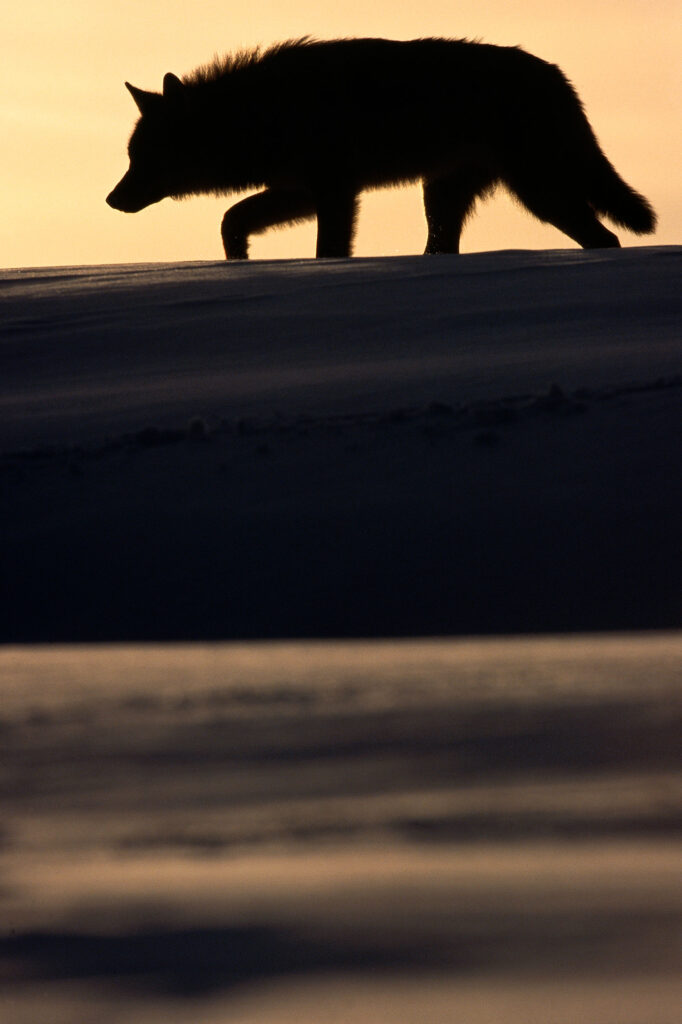
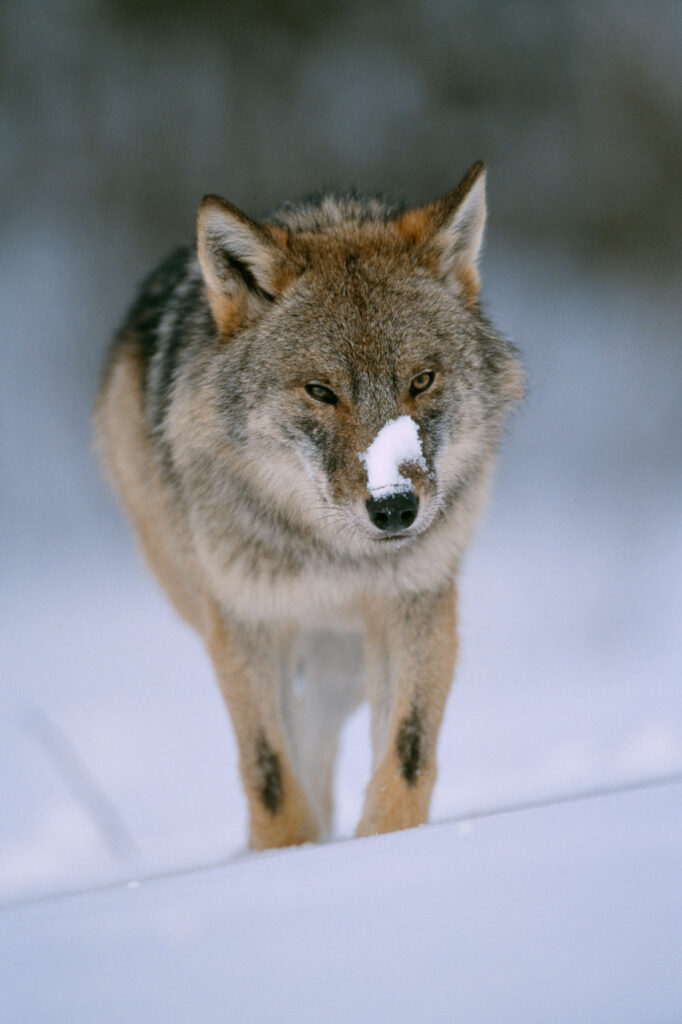
Links
- Chock message from the Swedish government: “Sweden can halve its wolf population”
- Wolf facts
- Carnivores as moneymakers
- Swedes like their large carnivores
- Europe’s Environmental Bad boy
- Domestic animal losses and other damage by wildlife 2022 (Swedish University of Agricultural Sciences, SLU, 2021, Swedish)
- Official wolf statistics (Swedish)
Image sources for complimentary usage
Images and videos here can be downloaded straight from our website. Their usage is provided at a complimentary basis, as long as it is connected to story telling about these issues and that you publish a byline with the Photographers name/Swedensbigfive.org
